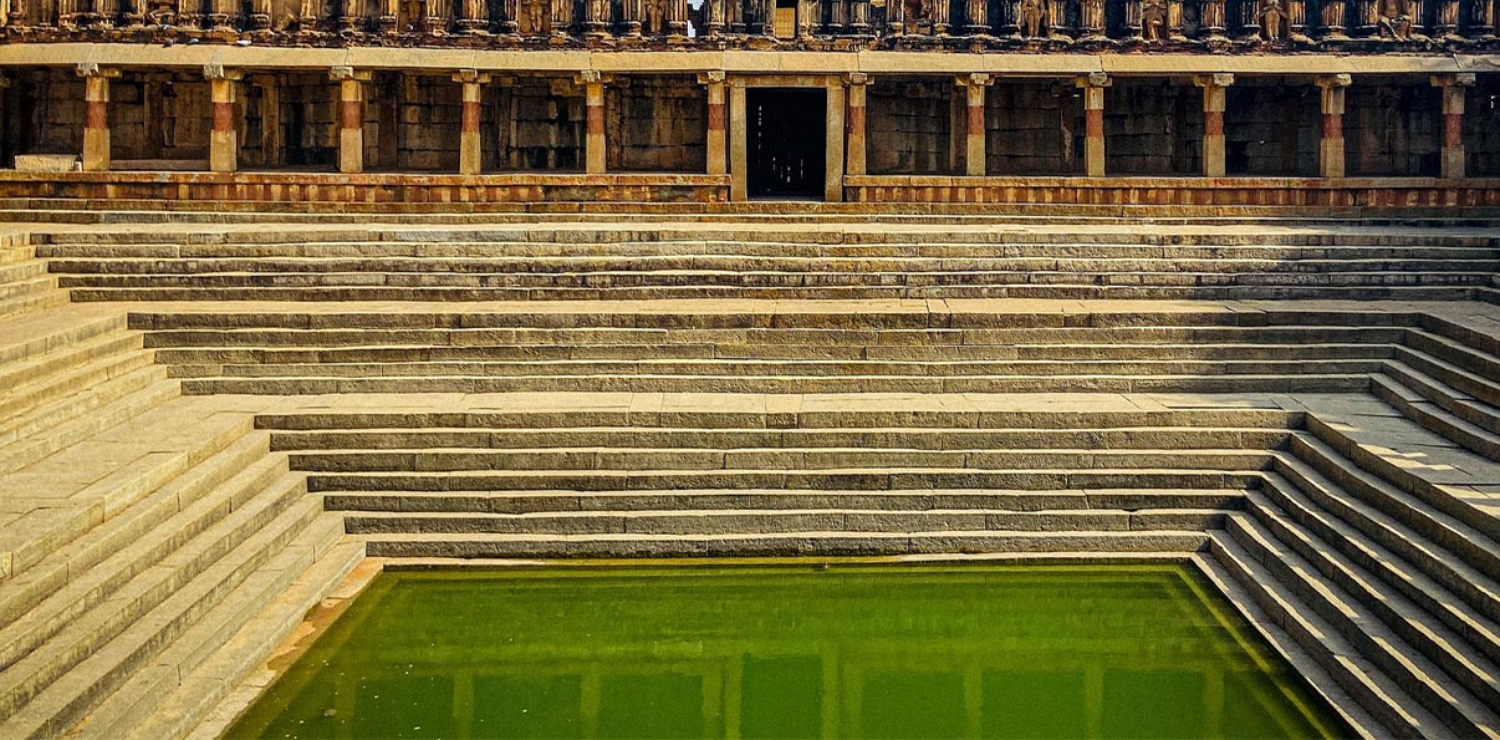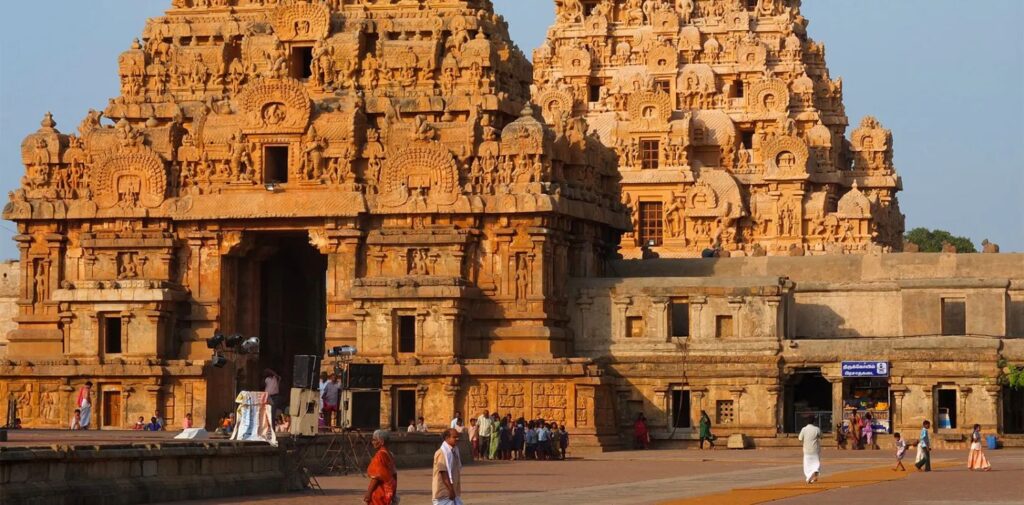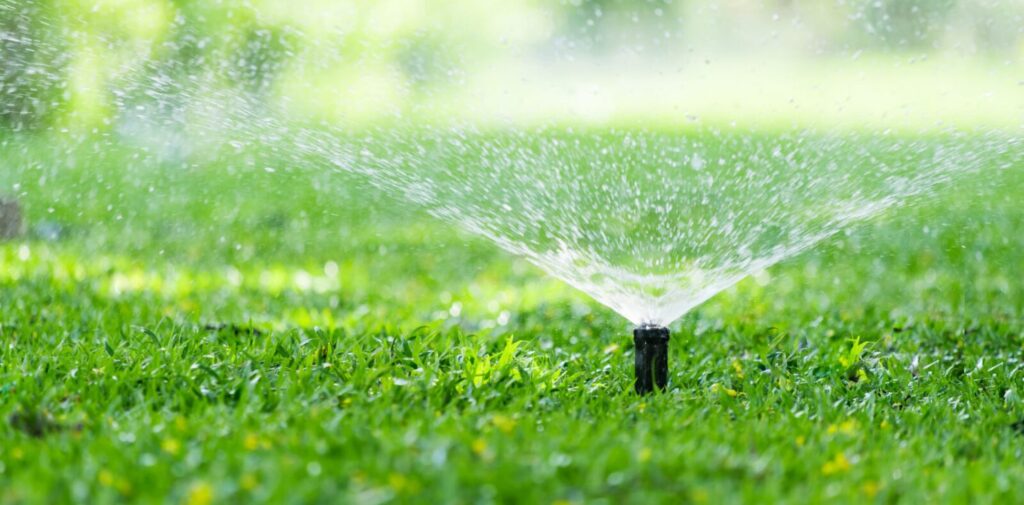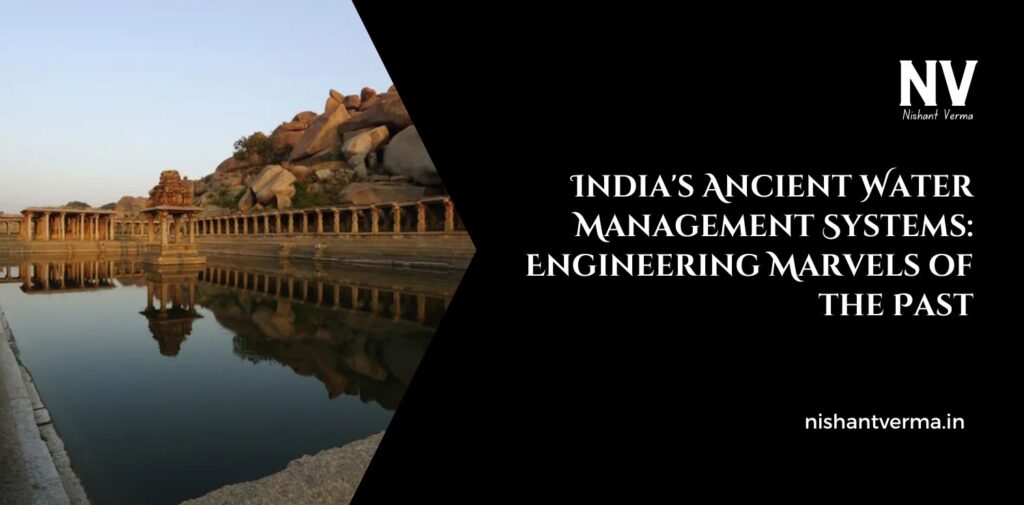Water is life, and in a country like India, where agriculture and survival depend on the availability of water, managing it has always been very important. India’s ancient water management systems were some of the most advanced in the world. These systems were built by kings, queens, and ordinary people to ensure that there was enough water for drinking, farming, and other daily needs. In this article, we will explore how these ancient water management systems worked and why they are considered engineering marvels.
The Importance of Water in Ancient India
In ancient India, water was not just something to drink—it was essential for everything. People used water for drinking, cooking, washing, and farming. Most of India’s population lived in rural areas, and their lives depended on having enough water for their crops and animals. But India, being a vast land with a hot climate, didn’t always have enough rainfall throughout the year. This is why early Indians had to develop clever ways to manage and store water.

Ancient Indian Water Systems: A Gift of Wisdom
India’s ancient water management systems are proof of the intelligence and creativity of people from centuries ago. They used what they had in nature, like rivers, lakes, and rainfall, and created ways to store and distribute water.
Some of the most famous water management systems in India come from the Indus Valley Civilization, the Maurya Empire, and the Chola Dynasty. Let’s take a closer look at how each of these cultures contributed to the development of water management systems.
The Indus Valley Civilization: The First Water Engineers
The Indus Valley Civilization, which flourished around 4,500 years ago (about 2500 BCE), is one of the oldest urban civilizations in the world. Cities like Harappa and Mohenjo-Daro were built with amazing systems for managing water. The people of the Indus Valley understood how important clean water was for living and took steps to create water systems that would serve their needs.
In these ancient cities, people built drainage systems that were well-planned and clean. Every house had access to a bathroom, and waste water was carried away through underground drains. Some of the drains were so well-built that they are still visible in the ruins today! In addition to drainage, the people of the Indus Valley constructed large water storage tanks and wells to collect and store rainwater. This helped them have a steady supply of water, even during dry periods.
The Maurya Empire: The Grand Water Projects
The Maurya Empire, which existed around 2,300 years ago, is famous for its powerful rulers, such as Emperor Ashoka. Under their rule, large-scale water management systems were built across the empire. The most famous water project of the Maurya period was the construction of irrigation canals.
The Mauryas built vast networks of canals to bring water from rivers to the dry lands. These canals were used to irrigate fields, making farming more productive. This was important for the survival of the people, as it allowed them to grow crops even in regions where there was little rainfall.
Additionally, the Mauryas also built reservoirs and water storage tanks to store rainwater. These structures were used during the dry season to supply water to both the people and their animals.

The Chola Dynasty: Mastering Water Management
The Chola Empire, which ruled Southern India from the 9th to the 13th century, was known for its remarkable water management skills. The Cholas took water management to a whole new level by creating large irrigation systems and building canals to bring water to their fields.
One of the most impressive achievements of the Cholas was the creation of the Kallanai Dam (also known as the Grand Anicut). Built by King Karikala Chola, this dam is one of the oldest functioning water-regulation structures in the world. The Kallanai Dam was built to control the flow of the Kaveri River and to help irrigate the vast lands of the Tamil region. The dam’s design is so efficient that it is still used today to regulate water flow.
The Cholas also built tank systems, which were small artificial ponds used to collect rainwater. These tanks were connected by a network of channels and sluices, which ensured that water was evenly distributed throughout the region. The Chola Dynasty’s ability to manage water helped their kingdom thrive for many centuries.
Rainwater Harvesting: An Ancient Technique
One of the most important techniques used in ancient India for water management was rainwater harvesting. This process involves collecting and storing rainwater for later use. Many ancient Indian temples, palaces, and homes had specially designed structures to collect rainwater.
In many parts of India, people built step wells—also known as baolis or bawris—to collect and store rainwater. These wells were built in the ground with steps leading down to the water. They were often connected to underground channels that brought water from nearby rivers or streams. Step wells were an important source of water during the dry season and could also be used for bathing and washing.
Another popular technique was the creation of johads, which were small ponds built in rural areas to collect rainwater. These johads were carefully designed to capture rainwater from surrounding hills and direct it into a storage pond. This method ensured that people had water during the dry season, helping them survive and thrive.
How Ancient Water Management Systems Helped Agriculture
Agriculture has always been the backbone of India’s economy. In ancient times, farmers relied on water from rivers, lakes, and wells to grow their crops. Water management systems like canals, reservoirs, and dams were essential for ensuring that there was enough water for farming.
The irrigation systems built by the Mauryas and Cholas allowed farmers to grow crops even when there wasn’t enough rainfall. The Chola Empire, in particular, had large irrigation networks that carried water to fields across the entire region. This helped farmers grow crops like rice, which needed a lot of water. The result was a steady supply of food and economic growth for the empire.

Why These Systems Are Still Important Today
Even though many of these ancient water management systems are hundreds or even thousands of years old, they still provide valuable lessons today. In today’s world, water scarcity is a growing problem, especially in dry areas. Many places are struggling to find enough clean water for drinking and farming. The ancient systems of rainwater harvesting, reservoirs, and irrigation can still be useful for solving modern water problems.
In recent years, there has been a renewed interest in India’s traditional water management methods. Modern engineers and scientists are studying these ancient techniques and adapting them to today’s needs. For example, the concept of rainwater harvesting is being promoted once again to help people conserve water.
Conclusion: A Legacy of Wisdom
India’s ancient water management systems are some of the most remarkable achievements in human history. From the well-planned cities of the Indus Valley to the grand irrigation projects of the Mauryas and Cholas, the people of ancient India showed incredible ingenuity in solving the problem of water scarcity.
These systems not only helped people survive but also allowed civilizations to thrive for thousands of years. Today, we can still learn from the wisdom of our ancestors and apply their techniques to help solve the water challenges of the modern world.
India’s ancient water management systems remind us that even in the past, people were wise enough to understand the importance of nature and work with it to create sustainable solutions. By following their example, we can ensure that future generations also have access to the precious resource that is water.




